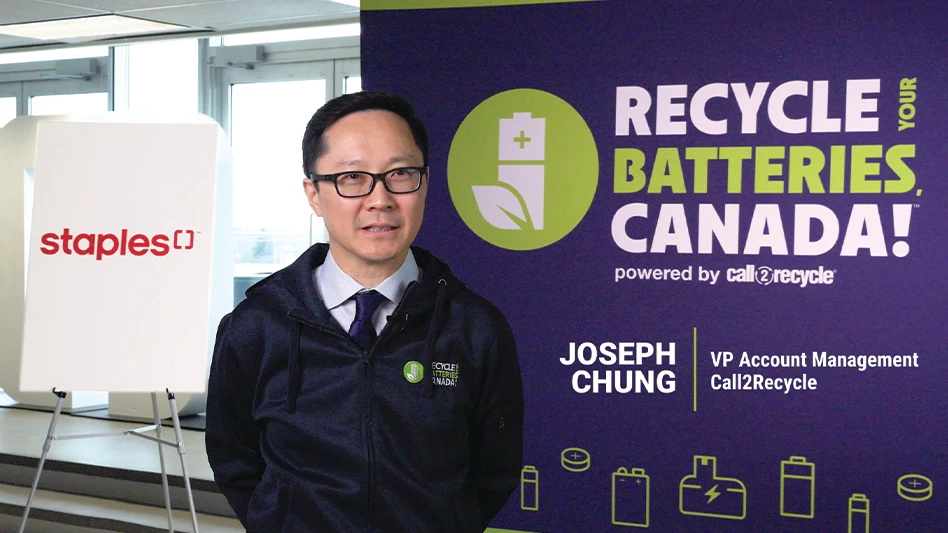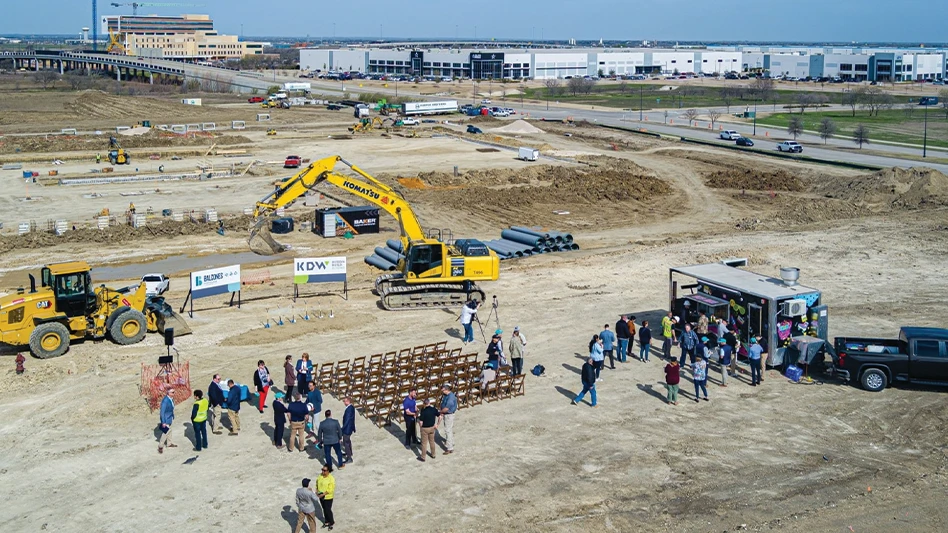Automobile Shredder – a hammermill-type shredder large enough to shred whole cars into fist-sized chunks in less than a minute.
Automotive Shredder Residue (ASR) – the material left over after an automobile has been shredded and the ferrous metal removed (nonferrous metals plus nonmetallic material).
Burden depth – the depth at which material is spread on a conveyor belt.
Downstream Separation – separation of material after it has been shredded. Usually material leaves the actual shredder on a conveyor belt and then is sent through magnets, eddy current separators, trommels, and other downstream separation equipment.
Eddy Current Separator – a device for separating nonferrous metals from nonmetallic material that works by creating a mechanically driven rotating or alternating magnetic field and moving a non-magnetic metallic particle into this field. An eddy current is created in the particle, producing a magnetic field with a like polarity, and ejecting it from the fixed field generator.
Ferrous – iron-based metals such as steel.
Granulator – a machine for shredding small materials such as plastics.
Hammermill – a high-speed rotor equipped with large hammers for pulverizing material into smaller sizes. Large machines are often used to crush automobiles and other heavy-duty scrap metal.
Material burden – the material on the conveyor belt that needs to be sorted.
Medium-Speed Shredders – a round drum with multiple replaceable cutter inserts which cut against a fixed bed knife. Used for reducing materials such as plastics, electronic scrap, wood waste and nonferrous metals.
Nonferrous – non-iron based metals such as aluminum and copper.
Shredder Drive – the motor on the shredder, which can be configured a number of different ways including electric or hydraulic.
Slow Speed, Shear Type Shredder – a high torque, low speed industrial shear shredder consisting of two or more counter rotating shafts equipped with hooked knives capable of reducing a wide variety of materials such as tires, paper, and baled metals such as aluminum.
Super Sized Shredder – a hammermill-type shredder with a larger capacity than the typical hammermill used for shredding cars.
Tub Grinder – a shredder used primarily for woody, vegetative debris. A tub grinder consists of a hammermill, the top half of which extends up through the stationary floor of a tub. As the hammers encounter material, they rip and tear large pieces into smaller pieces, pulling the material down below the tub floor and ultimately forcing it through openings in a set of grates below the mill. Various sized openings in the removable grates are used to determine the size of the end product.
Unshreddables – materials that a shredder is unable to handle because they are too large or too thick to be shredded.
Get curated news on YOUR industry.
Enter your email to receive our newsletters.
Explore the July 2001 Issue
Check out more from this issue and find your next story to read.
Latest from Recycling Today
- Recycled steel price crosses $500 per ton threshold
- Smithers report looks at PCR plastic’s near-term prospects
- Plastics association quantifies US-EU trade dispute impacts
- Nucor expects slimmer profits in early 2025
- CP Group announces new senior vice president
- APR publishes Design Guide in French
- AmSty recorded first sales of PolyRenew Styrene in 2024
- PRE says EU’s plastic recycling industry at a breaking point





